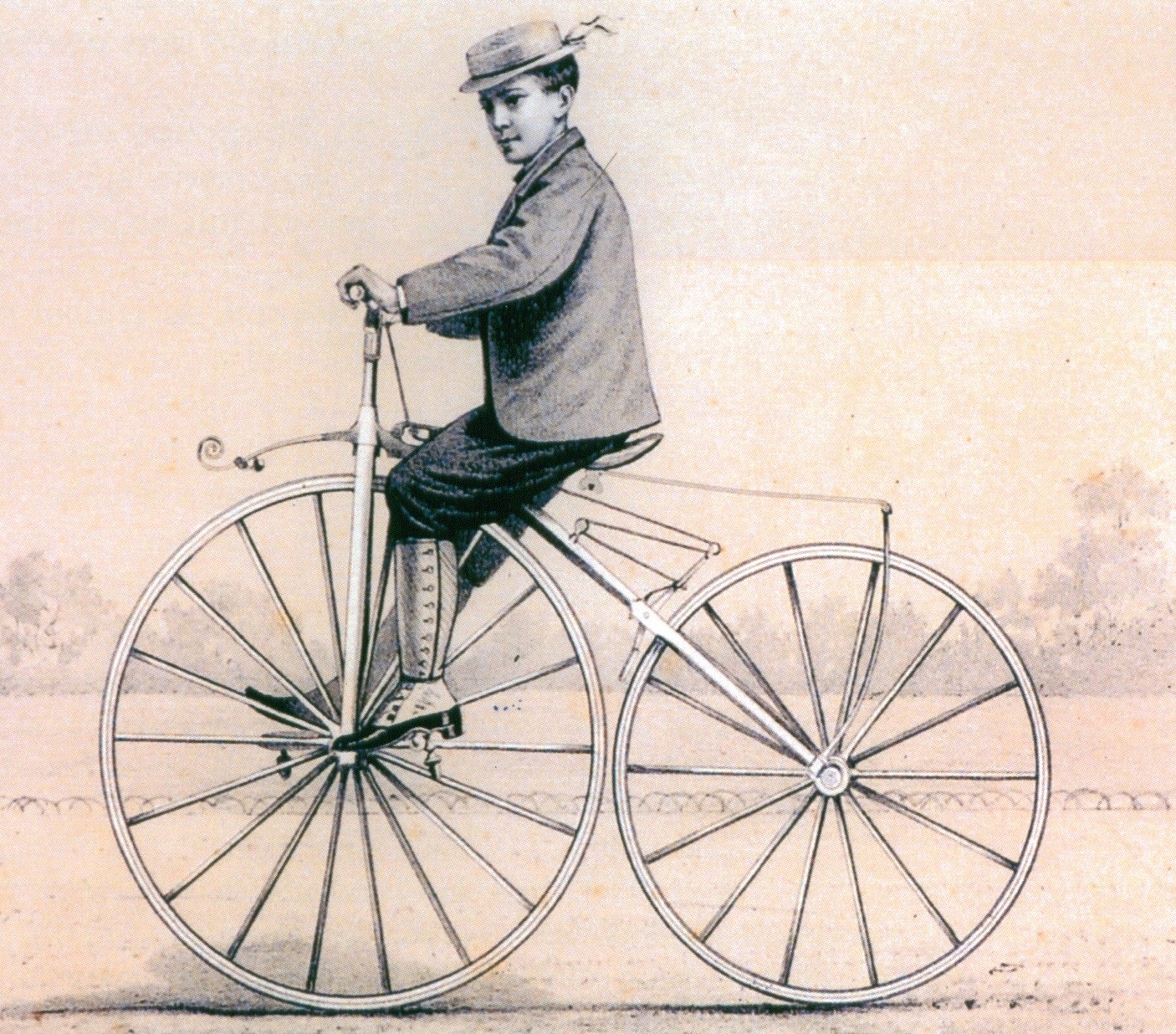As Utah’s Bicycle Lawyers, we don’t quite know what life would be like without bikes. And we are not alone — nearly 95% of Americans at least know how to ride a bike. They are familiar objects in our everyday life. People often wonder what makes bikes so popular and easy to use. They appear to be fairly mechanically simple, with all their gears and chains visible to the naked eye. But are they really? This post breaks down the essentials of bike dynamics and tests how much you know.
Bike Dynamics
The science of how bikes work is called “bicycle dynamics”–and it is a lot more complicated than you might expect. A recent study by Professor Rebecca Lawson showed that even people who regularly rode bicycles struggled to draw a bike from memory. Are you curious to see how your knowledge stacks up? Below are some questions and illustrations taken from the original study. Try to answer without an internet search and without a peek in the garage at your own bike!
Frame
Which of the following shows the usual position of the frame?

Correct Answer: A
If you chose the first of the four drawings, congratulations! You are correct. This frame design provides adequate support for the seat and keeps the bike stable.
Pedals
Which of the following shows the usual position of the pedals?

Correct Answer: B
The second bicycle shows the correct pedal positioning. Positioning the pedals between the two wheels allows you to keep your feet in a comfortable position under your body and get good range of motion with each round.
Chain
Which of the following shows the usual position of the chain?

Correct Answer: D
The fourth bike is the right one! The chain transfers energy to the back wheel, which propels you forward.
How Did You Do?
Did you get all of the questions right, or were there some surprises? Don’t worry if your score was less than stellar — this study shows that we are all still learning the details of bike dynamics. Bicycles are a lot more complicated than many of us realize.
Utah’s Bicycle Lawyers
Bicycles can also be more dangerous than we anticipate. Accidents happen, and when they do, serious injury can occur. We realized this early on and decided to dedicate our legal practice to representing injured cyclists.
We are experienced defending the rights of injured cyclists against stubborn insurance companies. We will do everything we can to get you the compensation you deserve. If you have been injured in a bike accident or have questions about cycling law, please contact us today.
Study cited: Lawson, Rebecca. “The science of cycology: Failures to understand how everyday objects work.” Memory & Cognition, Volume 34, Issue 8, pp 1667-1675.
Injured in a Bike Accident?
Contact Us Today

